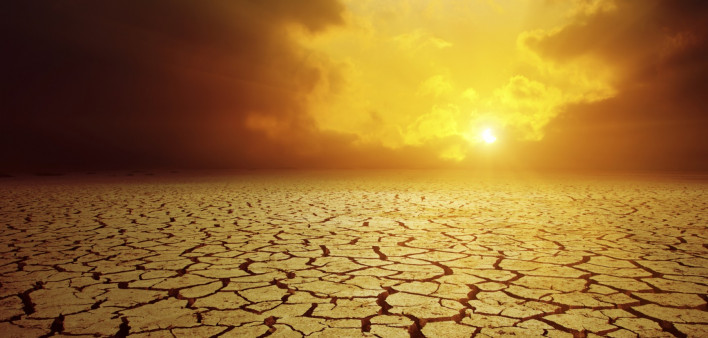The severe drought that affected the sub-Saharan African nation of Lesotho between 2014 and 2016 was associated with greater HIV rates among young females as well as a greater likelihood that they would drop out of school and begin having sex at a younger age, Reuters reports.
Drought can depress incomes, displace populations and prompt other disruptive forces that in turn may facilitate the spread of HIV.
Publishing their finding in PLOS Medicine, researchers analyzed data from the Lesotho Population-Based HIV Impact Assessment (PHIA) conducted during the drought. A previous analysis found that drought in Africa was associated with an 11 percent greater prevalence of HIV in rural areas. Investigators wanted to conduct a subsequent analysis in Lesotho now that the area had an increasingly high rate of HIV treatment among those living with the virus.
According to PHIA data presented at the 2018 Conference on Retroviruses and Opportunistic Infections (CROI) in Boston, of the estimated 77 percent of Lesotho’s HIV population that has been diagnosed, some 90 percent are on antiretrovirals, and 88 percent of that group has a fully suppressed viral load.
The study authors selected a nationally representative sample of PHIA respondents contacted at their homes between November 2016 and May 2017. The assessment randomly selected households and invited all adults 15 to 59 years old to complete an interview and to receive HIV testing.
Local deviations from rainfall norms were assessed by comparing patterns between May 2014 and June 2016 with the average rainfall between 1981 and 2016 according to data from the Climate Hazards Group InfraRed Precipitation with Station Data. Drought was defined as less than 15 percent of average rainfall in a particular area. The entire nation experienced reduced rainfall during the period analyzed, with regions receiving 1 to 36 percent of average historical rainfall.
Of the 12,887 participants who were interviewed, 93.5 percent (12,052) lived in areas impacted by drought, 7,281 of them in rural areas and 4,771 of them in urban areas. Of the 835 individuals living in areas that did not have drought, 520 were in rural areas and 315 were in urban areas.
Among females 15 to 19 years old, living in a rural area that underwent drought was associated with a 3.11-fold greater probability of having sex before the age of 15 years old, known as early sexual debut, and a 2.77-fold increased risk of HIV. Among females 15 to 24 years old, living in a drought-impacted rural area was associated with a 56 percent reduced likelihood of having a secondary or higher level of schooling.
After adjusting the data for household wealth and individual sexual behavior, the study authors found that experiencing drought was associated with a 1.8-fold increased risk of HIV among females 15 to 24 years old, although this association was not statistically significant, meaning it may have been driven by chance.
The study was limited by the small group of people who had not experienced drought and who therefore served as the control group.
To read the study, click here.







Comments
Comments